You ever step outside, take a deep breath, and think, “Ahh, fresh air”—only to realize, nope, you’re just inhaling invisible doom? Yeah, same. Turns out, some U.S. cities are serving up more than just skyline views and overpriced lattes—they’re slowly stealing years off people’s lives, one polluted puff at a time. And the wild part? Most folks don’t even know it’s happening. The air looks fine, the weather app doesn’t scream danger, and yet, microscopic villains are floating around like they own the place.
We’re talking particle pollution, smog, and toxic chemical soup—stuff that doesn’t care how cute your neighborhood is. In these 12 cities, breathing feels normal but comes with a hidden cost: lower life expectancy. It’s like the air has FOMO for your lungs and decided to show up uninvited. So whether you’re a lifelong local or just passing through, you might want to know what you’re actually inhaling. Spoiler: It ain’t just oxygen.
1. Bakersfield, California
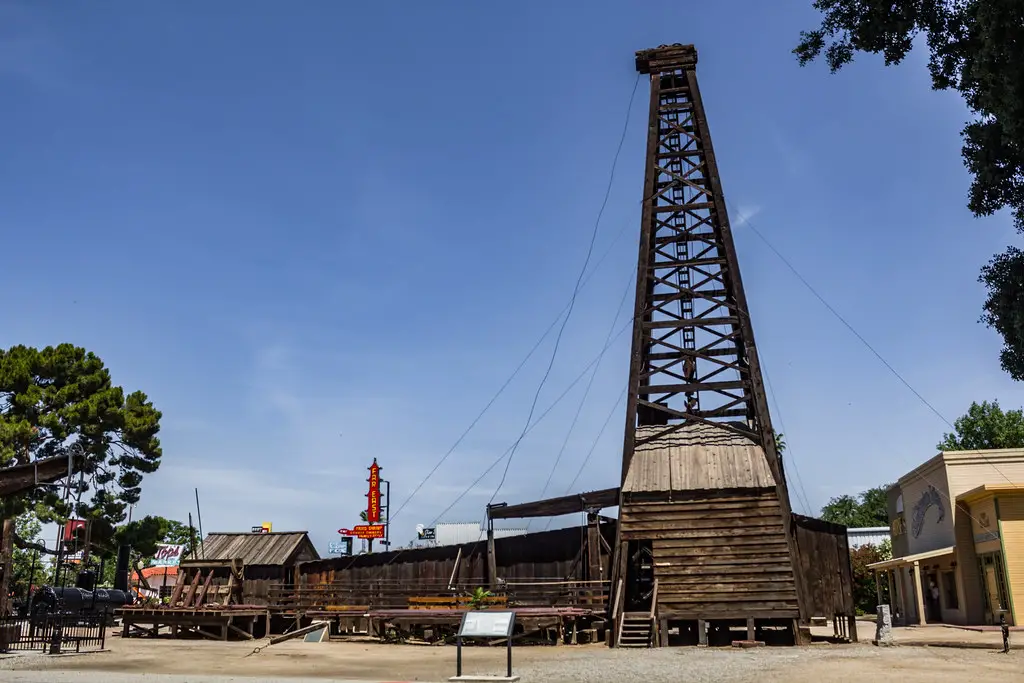
Welcome to the land of almond trees and asthma. Bakersfield routinely ranks among the worst cities in the country for both ozone and particulate pollution. According to the American Lung Association, it’s one of the top offenders for year-round particle pollution—those tiny nasty bits that sink deep into your lungs and wreak havoc over time.
The combo of intense agriculture, oil drilling, and geography (hello, valley trap!) means bad air just lingers like an unwanted guest. For residents, that translates to higher rates of respiratory illness and cardiovascular problems. Over time, exposure to this invisible smog cocktail is estimated to reduce life expectancy by up to a year or more. And no, staying inside doesn’t solve the issue—especially if your indoor air quality is just recycled car exhaust. It’s a harsh reality for a city that gets plenty of sunshine but none of the clean air glow. Local advocates have pushed for stronger regulations, but progress has been slow. Until then, Bakersfield remains sunny, dry—and deceptively toxic.
2. Chicago, Illinois

Windy City? Try smoky city—at least in certain neighborhoods. Chicago’s overall skyline might sparkle, but the city hides a dangerous secret: its South and West Sides face some of the highest air pollution levels in the Midwest. A report by ProPublica found that certain industrial corridors, like the one near Little Village, are pushing out pollutants at levels the EPA once considered “unacceptable.”
These emissions, often from metal scrappers, diesel trucks, and legacy factories, are linked to major drops in life expectancy. And here’s the kicker—it’s not evenly distributed. Wealthier parts of the city breathe easy, while historically marginalized neighborhoods bear the brunt. It’s environmental injustice 101, and it’s slowly cutting lives short, sometimes by over 10 years compared to nearby ZIP codes. Children here suffer from asthma at alarming rates, and seniors face elevated risks of heart disease and early death. So yeah, Chicago pizza may be deep-dish, but so is the particulate count in some blocks. And unlike the pizza, it’s not delicious—it’s deadly.
3. Houston, Texas
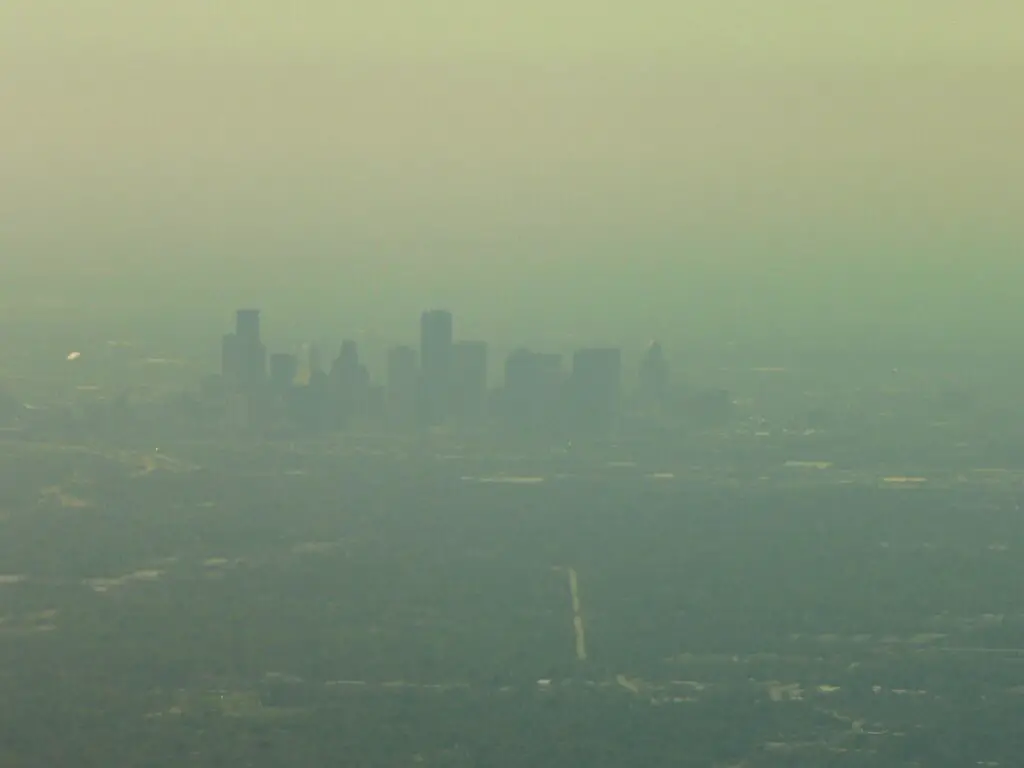
Houston, we have a (breathing) problem. This massive metro is an energy capital, and with that comes a whole lot of petrochemical pollution. The Texas Tribune reported that air quality in parts of Houston, particularly around the Ship Channel and Pasadena, frequently exceeds federal health standards. The main culprit? Toxic emissions from oil refineries and chemical plants.
People living near these zones are exposed to high levels of benzene and formaldehyde—compounds you definitely don’t want in your lungs. Long-term exposure is linked to cancer, respiratory issues, and yes, shorter life spans. In some neighborhoods, life expectancy dips by nearly five years compared to communities just a few miles away. And the worst part? Many residents have no idea what they’re breathing in. State monitoring is often minimal, and corporate accountability is practically a myth. In Houston, blue skies don’t mean clean air—they just mean the pollution is invisible.
4. Pittsburgh, Pennsylvania

Once dubbed “the Smoky City,” Pittsburgh has done a rebrand. But that PR glow-up doesn’t mean the air is clean. Despite post-steel-industry progress, the region still struggles with particle pollution from its industrial past and present. Allegheny Front reported that Allegheny County has higher cancer risks from air toxics than 95% of U.S. counties.
The main villains? Coke plants and metal manufacturers still in operation, plus an endless parade of diesel trucks on narrow streets. Combined, they pump out fine particles that can travel deep into lungs and even enter the bloodstream. For kids and seniors, that means more ER visits and chronic illness. The irony is that some of the worst pollution blows in from outside city limits—so Pittsburgh residents pay the price without reaping any of the industrial profits. Despite shiny tech campuses and green initiatives, the health effects of dirty air remain baked into the city’s DNA. For locals, every breath carries a hidden toll.
5. Phoenix, Arizona
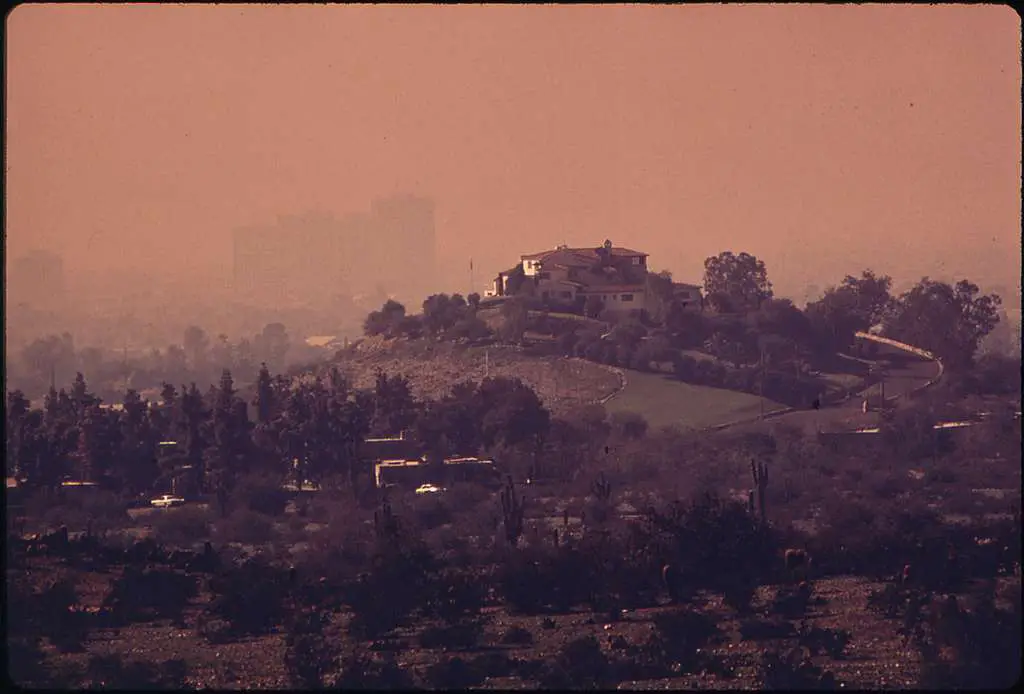
Yes, it’s dry. Yes, it’s sunny. But don’t let the desert vibes fool you—Phoenix is sneaky polluted. Thanks to sprawling highways, construction dust, and stagnant air that loves to just sit there and marinate, Phoenix is now one of the worst cities in America for ozone pollution. AZ Tech Council called out Phoenix for rising ozone levels that are exacerbated by heat waves and climate change.
That ozone isn’t the kind up in the sky protecting us from UV rays—it’s ground-level ozone, and it’s a lung irritant. For people with asthma or COPD, it can be a daily nightmare. For the rest of us, it slowly chips away at respiratory health, increases the risk of heart issues, and is linked to early mortality. And it’s not just the elderly at risk—kids and outdoor workers are hit hard too. Combine that with a rapidly growing population and relentless sprawl, and you’ve got a recipe for chronic exposure. In Phoenix, what you don’t see can hurt you. And it’s probably floating just above the cactus.
6. Los Angeles, California
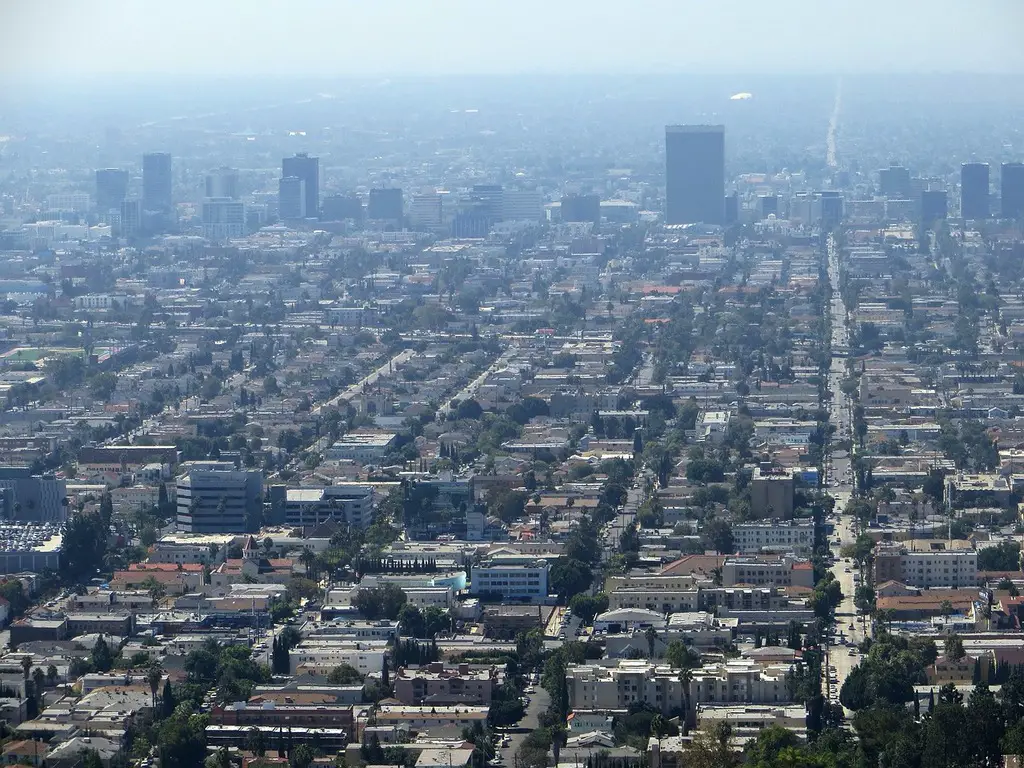
Ah yes, the city of angels—and also, apparently, of asthmatic coughs. Despite decades of smog regulation, L.A. still struggles with some of the dirtiest air in the country, especially in neighborhoods near freeways and industrial zones. And let’s not forget: this place was literally the poster child for smog in the ’70s, and that legacy doesn’t just fade with a few Teslas. While the beach looks idyllic, inland communities like Boyle Heights and San Bernardino get walloped by traffic-related pollutants.
The mountains that make for stunning backdrops also trap nasty particulates in the basin like it’s a pollution soup bowl. Many locals breathe in high levels of ground-level ozone, which inflames lungs and messes with your cardiovascular system over time. Kids are hit hardest—some grow up with permanently reduced lung capacity. And if you’ve ever hiked Runyon and thought, “Why am I wheezing already?”—well, now you know. Life expectancy is significantly lower in the smoggiest corners of the metro area. It’s like you’re paying L.A. rent and losing years of your life. Rude.
7. Fresno, California
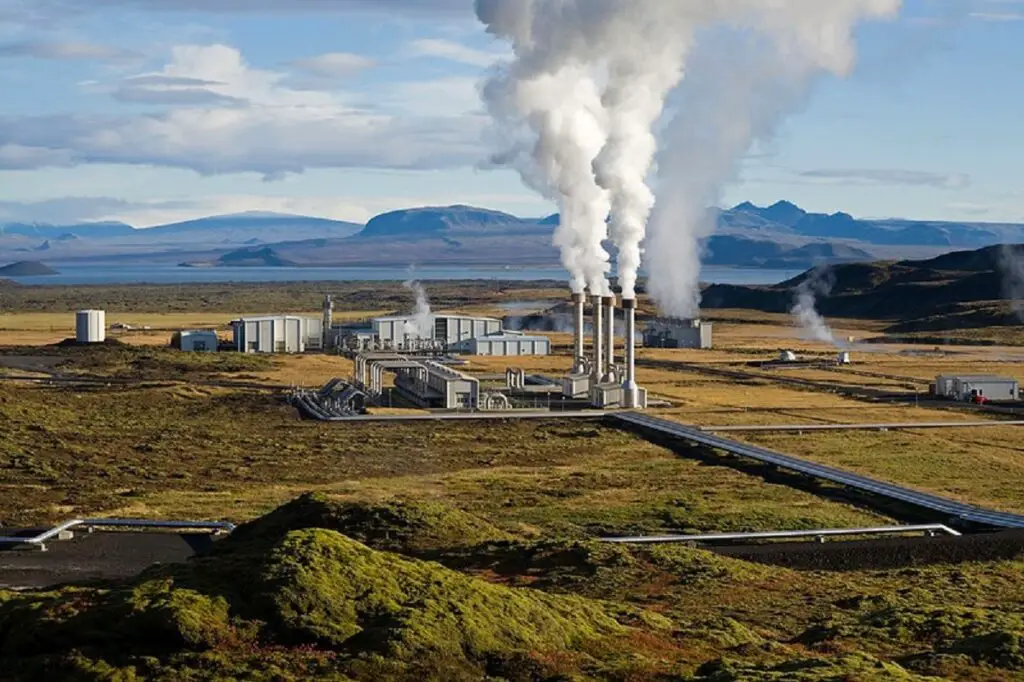
Fresno isn’t just a sleepy farm town—it’s a particle pollution hotspot dressed up as a quiet valley city. The city sits right in the San Joaquin Valley, a bowl that collects all the pollution from agriculture, diesel trucks, and nearby wildfires like a smog magnet. What happens when you mix pesticide drift, tractor exhaust, and wildfire smoke? A respiratory nightmare.
Residents here experience some of the worst year-round air pollution in the U.S., and it’s not getting better. Kids miss more school days due to asthma than almost anywhere else in the state. Even adults report shortness of breath just walking to the mailbox. Hospitals see more respiratory-related visits during bad air days, and doctors know the culprit—it’s not the heat, it’s the haze. Life expectancy here is several years shorter than the state average. It’s the kind of place where the air looks fine, but your lungs know better. A sunny postcard with a smoky aftertaste.
8. Indianapolis, Indiana
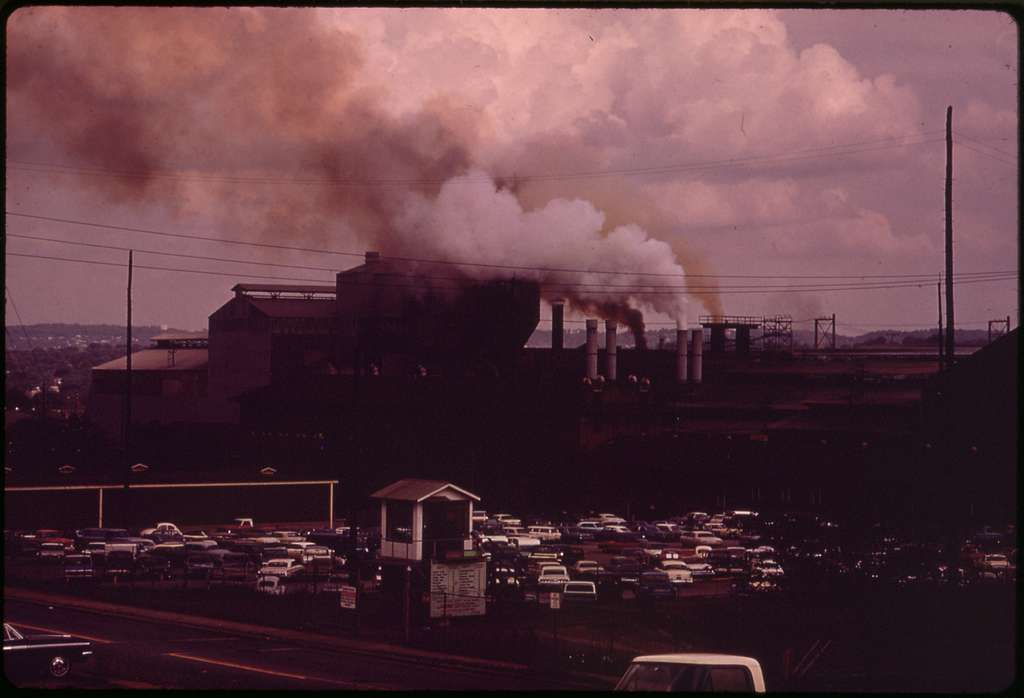
You might not associate the Midwest with bad air, but surprise! Indianapolis has some sneaky pollution problems that hit residents hard. Much of it stems from coal-fired power plants, diesel traffic, and older industrial facilities. Throw in minimal public transit and lots of highway commuting, and you’ve got the perfect storm for fine particulate pollution.
Indianapolis has higher-than-average rates of asthma and cardiovascular issues, especially in Black and low-income neighborhoods. These health risks have created massive disparities in life expectancy between zip codes—sometimes up to 14 years apart. And it’s not just industrial sites—construction dust and old diesel school buses don’t help either. Residents often breathe unhealthy air without even realizing it, since most pollution here is odorless and invisible. The air might not smell bad, but it’s messing with people’s lungs and hearts daily. It’s the quiet kind of danger—no headlines, just shortened lifespans.
9. St. Louis, Missouri

St. Louis isn’t just the gateway to the West—it’s also a gateway to higher risk of dying early from dirty air. This old-school industrial city has long struggled with pollution from coal plants, steel production, and river-based transport. And the geography? Yeah, it traps air in a way that lets smog linger far longer than it should.
The most impacted areas are overwhelmingly lower-income and majority Black neighborhoods, where asthma and chronic illness rates soar. Life expectancy in these zones can be over a decade lower than the city average. That’s not a small thing—it’s an entire chapter of life, erased by air quality. Residents often don’t even know what’s hitting them because the city doesn’t always issue warnings unless it’s a major event. And when heat waves hit, the ground-level ozone spikes even higher. The Arch might be symbolic of hope, but the air around it is a slow-burning health hazard. Pretty skyline, poisoned sky.
10. Detroit, Michigan
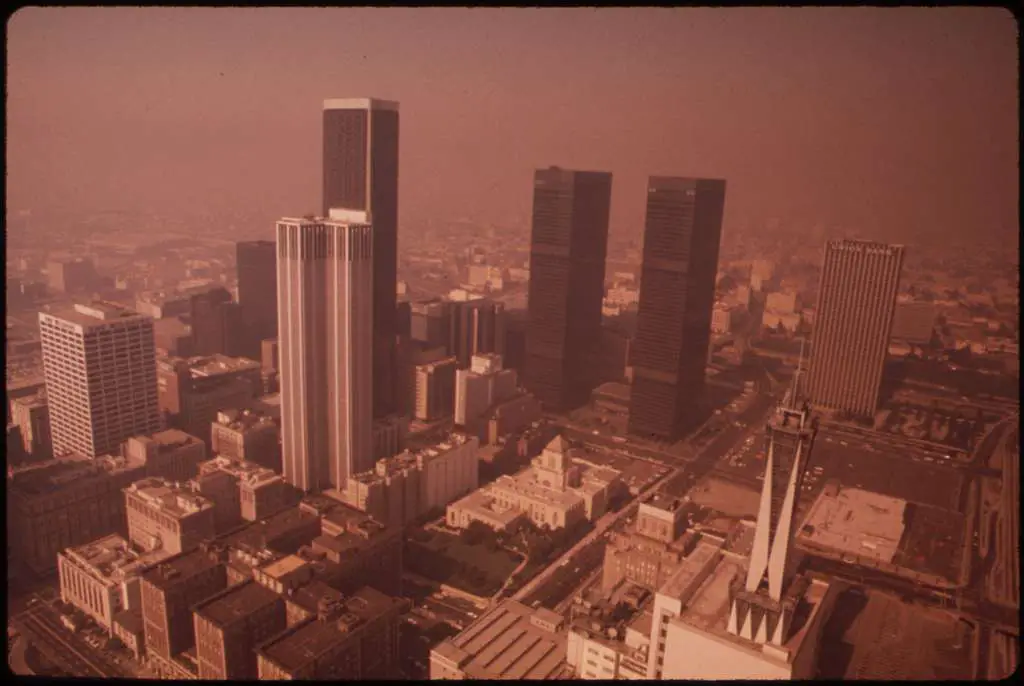
The Motor City still runs on fumes—literally. Detroit has been dealing with industrial air pollution for generations, from steel plants to oil refineries to endless rows of diesel trucks. The result is a city where pollution is baked into the atmosphere like a second-hand curse. While certain areas have seen revitalization, others are choking on the air left behind.
Southwest Detroit in particular has been dubbed “Asthma Alley,” where emergency room visits are off the charts. And yes, the air pollution here has been linked to lower birth weights, shorter lifespans, and increased cancer risks. It’s the kind of place where opening a window might be a health risk instead of a refresh. Efforts to clean up the city have been slow, especially when big corporations push back on stricter rules. For many families, the choice is to either breathe dirty air or leave—and neither option feels fair. Detroit may be rebuilding, but its lungs are still catching up.
11. Louisville, Kentucky
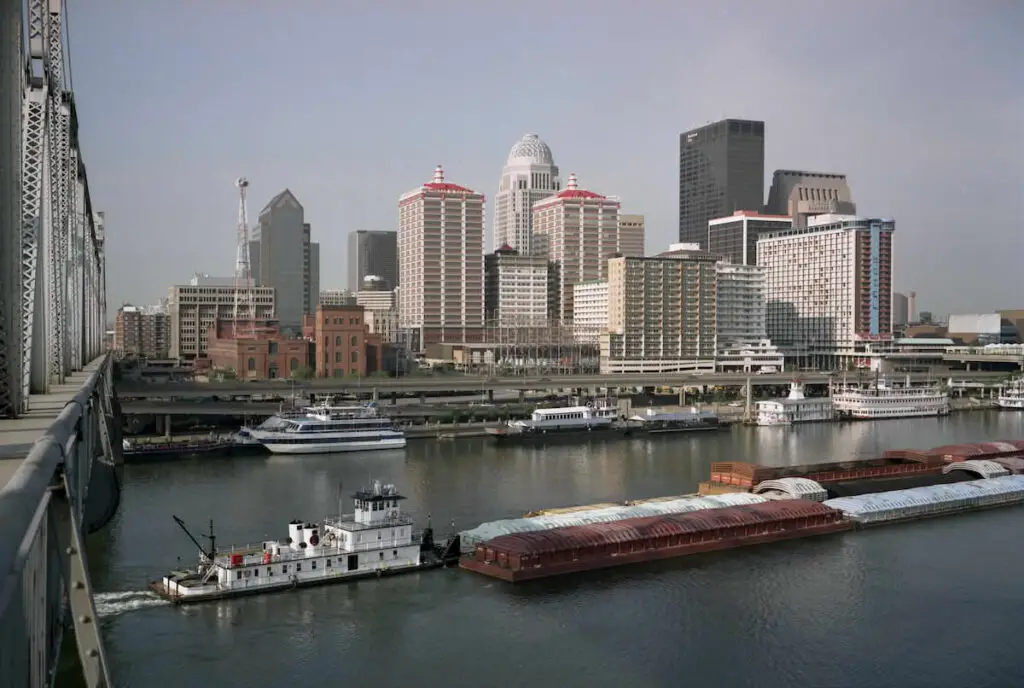
Louisville is best known for bourbon and baseball bats, but it’s quietly racking up pollution points too. Its air quality takes a hit from heavy traffic, coal plants, and industrial facilities concentrated near the Ohio River. And the wind patterns? Not helping. They tend to push bad air into the same overburdened neighborhoods again and again.
The city has a long-running struggle with “air toxics” like toluene and benzene—chemicals that sound like they belong in a lab, not your lungs. People living near Rubbertown, a cluster of chemical plants, have long complained of headaches, breathing problems, and chronic fatigue. Some schools are just a few blocks away from pollution hotspots. Studies have shown elevated cancer risks and reduced life expectancy in these zones compared to other parts of town. And while awareness is growing, policy hasn’t moved fast enough. In Louisville, every breath can come with baggage.
12. Atlanta, Georgia
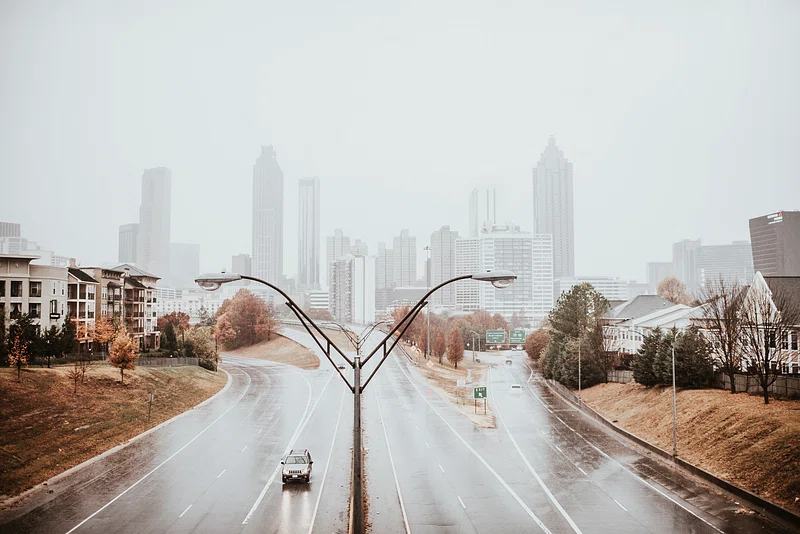
ATL may be the cultural heart of the South, but its air is working against the vibe. The city’s traffic is brutal, and all those cars mean tons of tailpipe pollution drifting across the metro. Toss in intense heat, humidity, and rapid urban development, and you’ve got a recipe for unhealthy ozone levels nearly year-round.
The problem worsens in neighborhoods already dealing with housing and healthcare inequities. Asthma rates are high among kids, and many schools are located near busy highways or industrial sites. The result? Missed school days, ER visits, and long-term health consequences that are quietly trimming lives. What’s worse is that climate change is only making it harder—hotter temps mean higher ozone production. Even on days when the air looks clear, it’s often labeled “unhealthy for sensitive groups.” Atlanta may be hot, but its air? It’s low-key hazardous.
